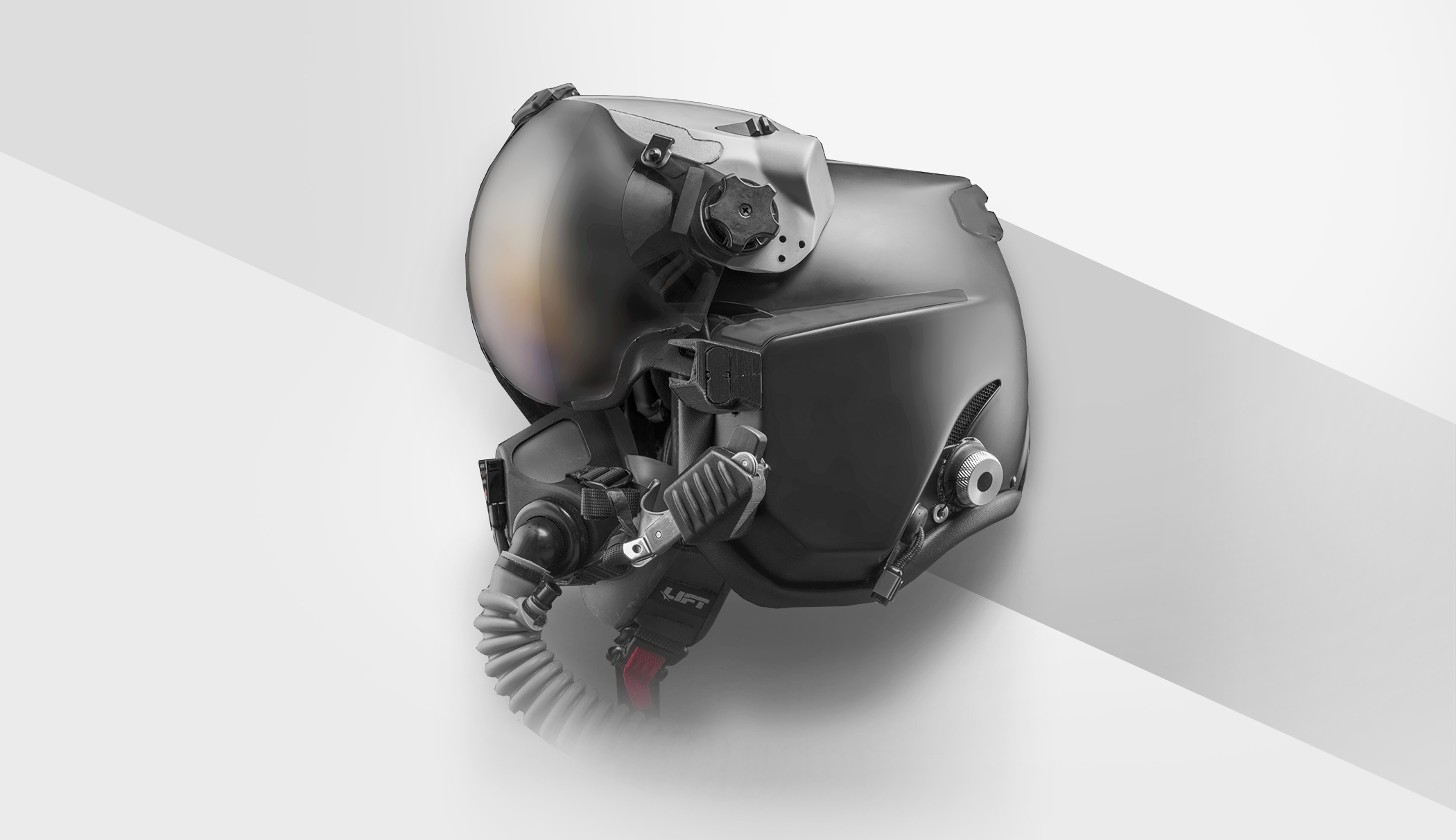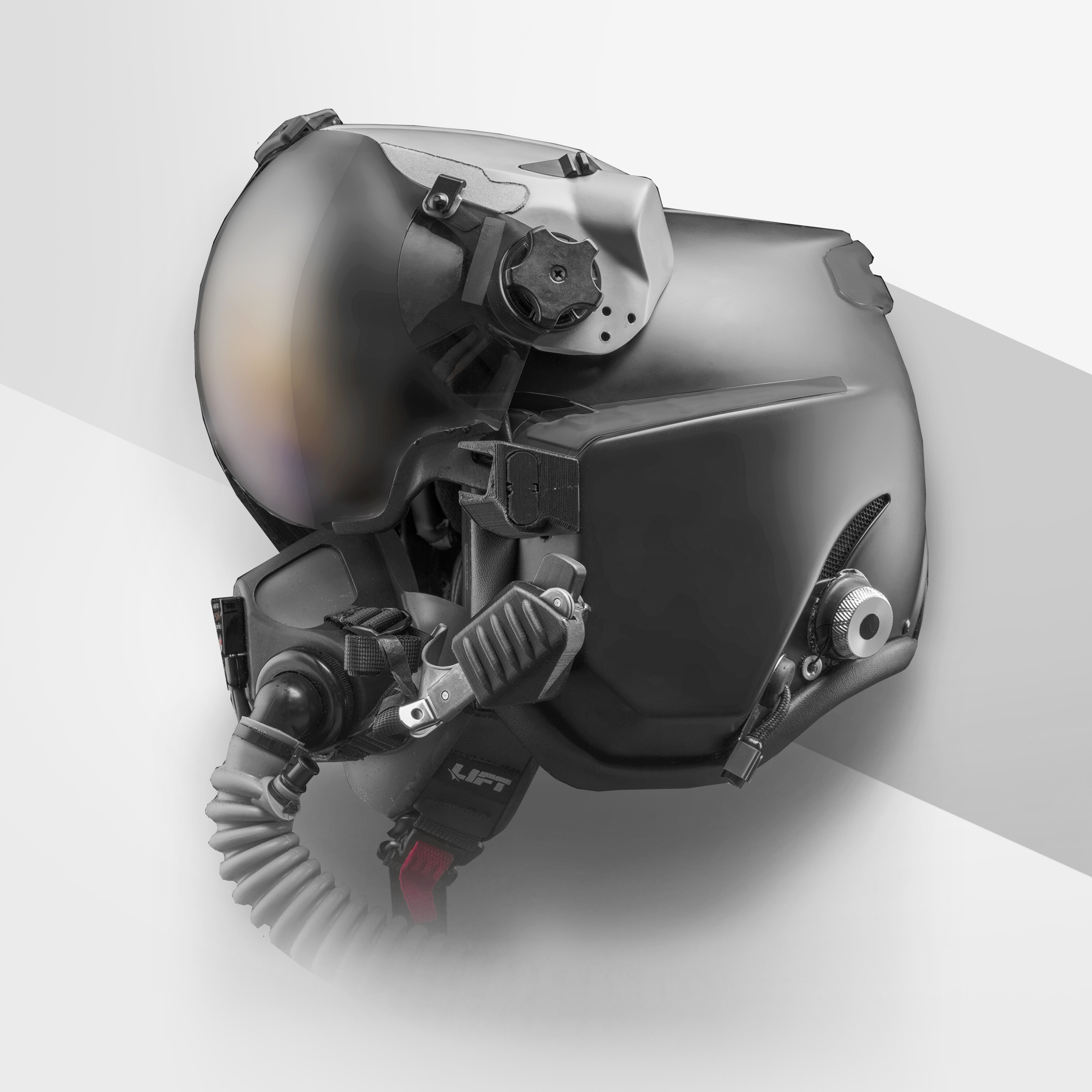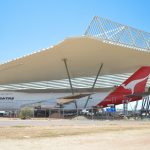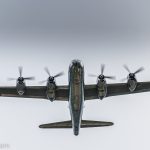As some of you will remember, we have published a few stories over the past couple of years from our sponsors at LIFT Aviation, the company which produces high-end flight gear for pilots. Their range of products includes flying helmets, flight caps, knee pads, shoes, eyewear and other accessories, and has proved popular with general aviation pilots flying aircraft from across the spectrum. Well, now they are moving up to the big time, with the announcement that the U.S. Air Force has selected LIFT Aviation to develop the next U.S. Air Force flight helmet. That is some endorsement for their expertise! Their recent press release gives more details…
LIFT Aviation has been chosen to Develop the Next U.S. Air Force Flight Helmet.
With the Air Force beginning to phase out their current and dated flight helmet, LIFT Aviation aims to build the most technologically advanced flight helmet to aid the Air Force in maintaining air combat superiority.
LIFT Aviation is pleased and honored to announce that after a grueling prototype competition that started over a year ago and with over 100 different contenders, we have been selected to develop the next generation fixed wing flight helmet for the U.S. Air Force in a fully funded Department of Defense, U.S. Air Force and Air Force Life Cycle Management program created to address technology improvements in cockpits of all airframes except for the F-35 Lightning. Areas of improvement we’ve successfully addressed with this next generation fixed wing flight helmet include human factors such as stability, weight, comfort and overall fit. Technology integration of various systems like weapons guidance systems, target cueing systems, improved speech intelligibility, cockpit lighting and stability improvements have to all be considered with the design and development of this next generation flight helmet. Overall performance in ejection as well as Search and Rescue scenarios are also areas where improvement over outdated current equipment is a necessity.
LIFT Aviation created their first flight helmet, the AV1 KOR, with the goal of bringing modern technology and innovation to the industry, something desperately needed. This same need for technological advancement is seen in the U.S. Air Force fixed wing helmets presently in use today.
Guido Rietdyk, President and CEO of LIFT Aviation noted, “We are honored to have been selected by the Department of Defense and the U.S. Air Force to be involved with this program. Innovation is something that has been lacking in the fixed wing helmet that the U.S. Air Force has implemented for the past number of decades and we are thrilled to have the opportunity to work with the USAF and DoD to continue to develop the next generation fixed wing flight helmet. The approach taken with our first flight helmet was to have it be modern, innovative and above all – safe. We can’t wait to bring that same approach while developing this next generation fixed wing helmet to provide our airmen and warfighters the best in flight helmet technology.”
Rietdyk continued, “The technological advances that we developed in our other businesses in personal safety products in the orthopedic and extreme sports industries under our EVS Sports brand, and in the industrial safety industry with our LIFT Safety brand, in addition to our LIFT Aviation flight focused brand, all have greatly contributed to us being able to draw innovation from a variety of applications and come up with state of the art technology in the cockpit, now working to make our USAF air crews equipped just as well as their aircraft are.”

























